The Highs of Haleakalā
Mountain madness on the beautiful Hawaiian island of Maui
(Audio version available here!)
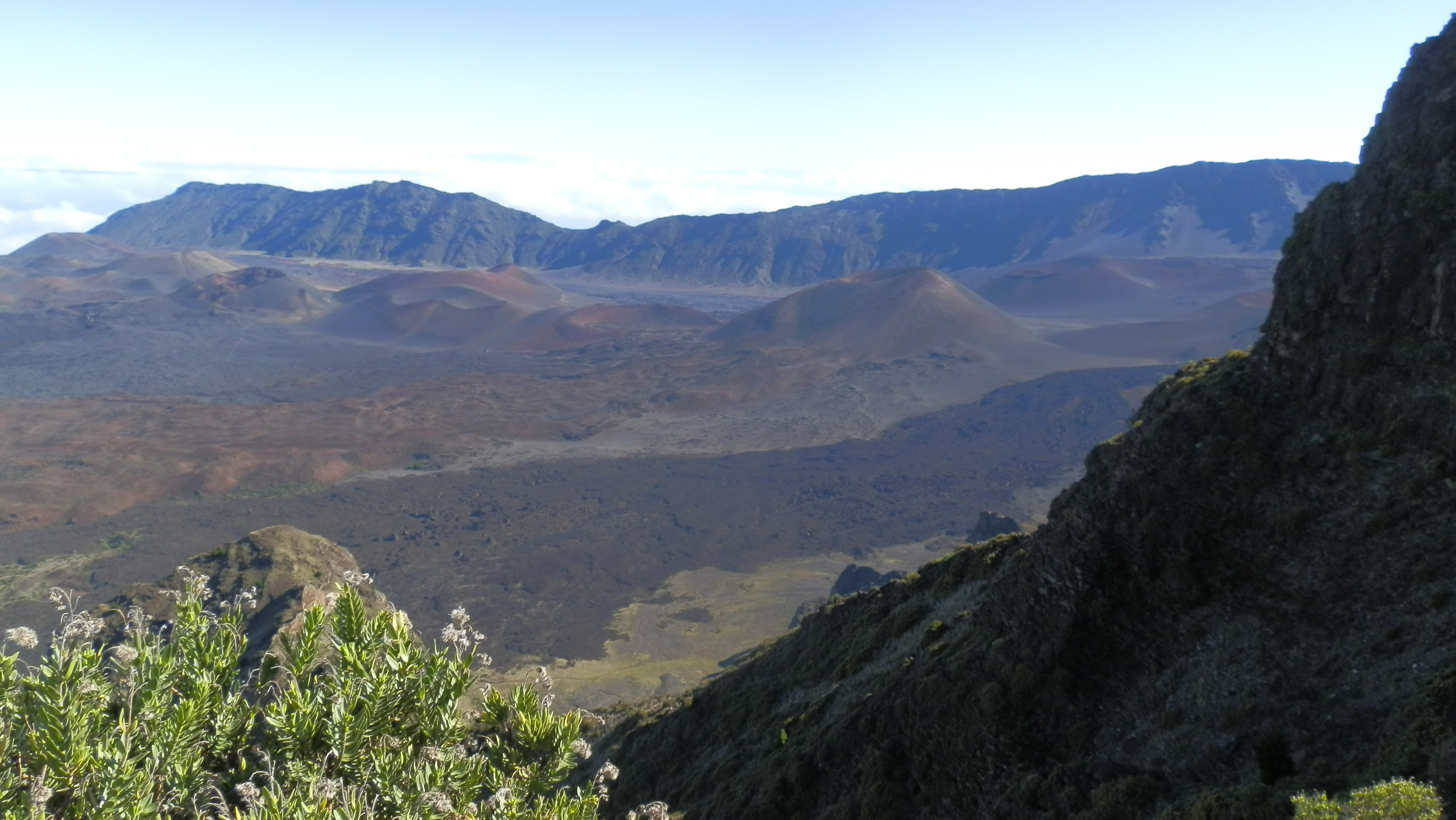
The cradle of curiosity
Go high, or go home. Really, if you’re going to be one of the world’s largest dormant volcanoes, you’ve got to be up there. At a lofty 10,023 feet high (or 3,000 metres), Haleakalā – located on the tropical island of Maui – towers an impressive one-third above the earth’s atmosphere; with a caldera (basically a freaking huge crater) so large, it could fit the whole of Manhattan Island inside it and still have room for bagels with cream cheese. The shield volcano is so mind-bogglingly gigantic, it takes up 75% of Maui’s entire land mass and yet, somehow, early Hawaiians managed to walk up and over the behemoth in a single day.
Haleakalā has always been highly spiritual to the Hawaiian people – a realm of the gods where the demigod Maui was believed to have lassoed the sun to slow its progression in the sky to extend summer (and kindly help his mother dry her tapa, or cloth). There is definitely something powerful at play up there. UFOs are regularly seen over the peak, the entrance to a hidden pyramid is rumoured to exist on one of the trails and an enormous crystal may lie in the volcano’s depths. Just south of the summit, the aptly-named Magnetic Peak contains such high amounts of iron, it allegedly affects the compasses of passing planes. Who knows if the inclusion of the giant astrophysical super-computing observatory complex, known as Science City, on Haleakalā’s summit is contributing in any way to, or even observing, any of this phenomena.
Regardless, I had to see the place for myself and, with just a few days' sightseeing up my sleeve, I toured through Maui’s lush valleys and animal sanctuaries, stuffed myself silly on non-genetically modified purple taro chips and miraculously survived the drive to Hana, before I was ready for the heights of Haleakalā – or so I thought.
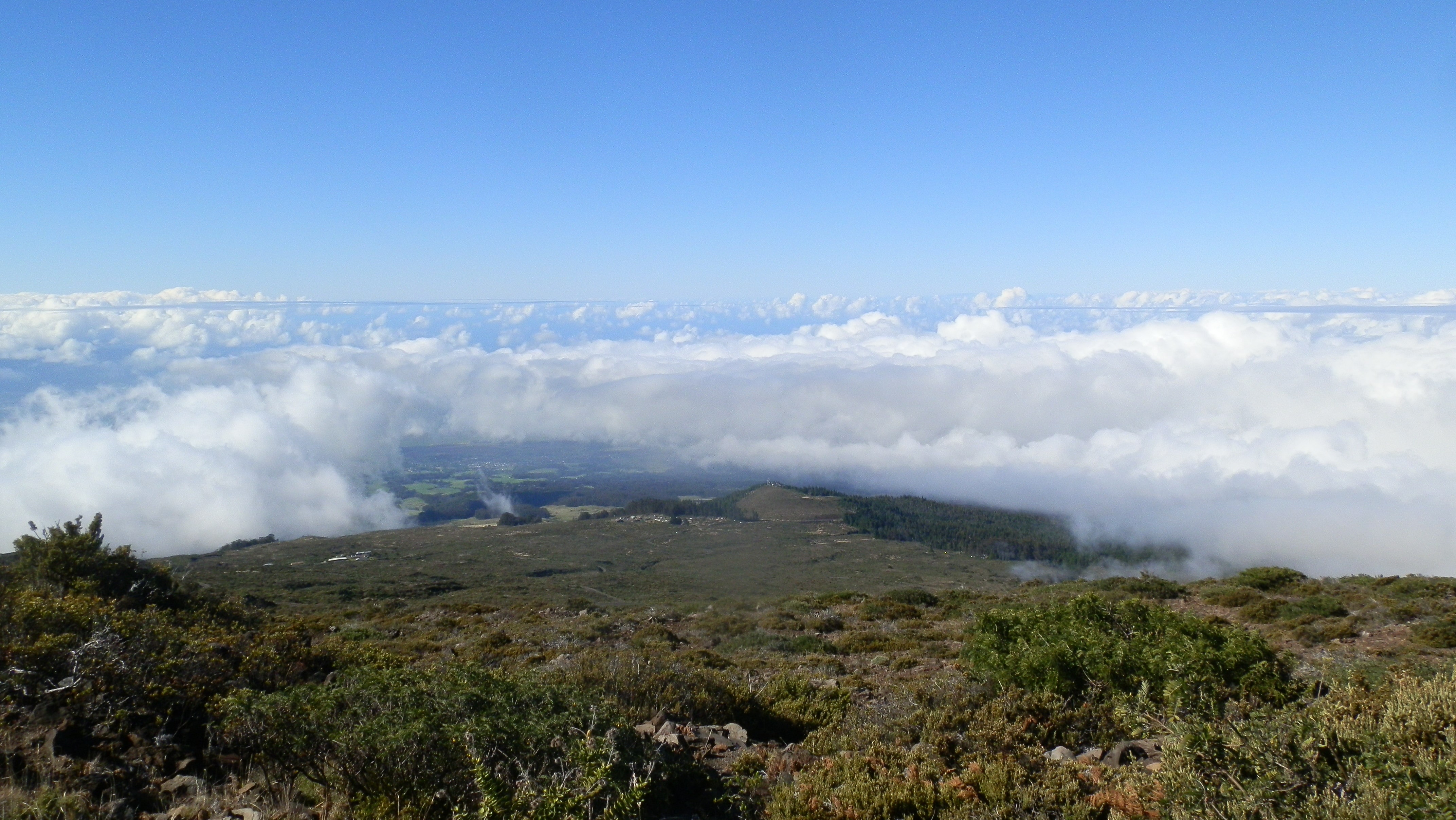
Cloudy with a chance of cows
At 5,000 feet (1,500 metres), I passed two cyclists: one young and spritely; the other pushing retirement, covered in pressure bandages. If he’d been sporting an oxygen mask as well, I may have asked to borrow it. “Come on! You can do this. Five thousand feet is nothing!” I encouraged myself as I became increasingly light-headed. After ascending another few hundred feet, pins and needles were threatening to cut circulation to my feet. “We’re nearly there! Come on, let’s do this!” I shouted at the lush, green countryside.
What felt like an eternity later, the gates to the Haleakalā National Park came into view. I heaved a sigh of expletive relief and handed over my payment to the ranger, joking about how I was already feeling dizzy. She stopped and looked me straight in the eye. “That’s not a good sign if you’re dizzy already, Ma’am. You’ve still got a ways to go.”
“How high does it go?” I had naively assumed the lookout wasn’t too far beyond the main gate.
“You’ve still got another 4,000 feet to climb to get to the summit. You should seriously think about whether you want to continue or not.”
“Oh. Do you think I’ll get dizzier the further I go up?” I asked. As ignorantly inane questions went, it was certainly up there.
“It’s hard to say but if you’re already dizzy, there’s a very good chance you’re going to get worse. You don’t have to go, you know," the ranger cautioned me. “If you turn around now and head back down, I won’t charge you. Seeing as how you’re the only driver in the car, you really have to think about this, as no one can take over from you if you get into trouble. A woman was airlifted out of here not that long ago due to mountain sickness.”
Surprisingly, altitude, or acute mountain sickness, was fairly uncommon on Haleakalā. Rarer still was high altitude cerebral oedema (or HACE) which could cause fun side effects like: tunnel vision, coordination difficulties, hallucinations, confusion and irrational behaviour. And that's before you've even considered hypoxia or HAPE. Warning signs were erected at the summit cautioning tourists to continually hydrate and move slowly if affected.
But that would never happen to me.
My oxygen-deprived brain was struggling to keep up with the conversation.
“If you pay now, the pass will be valid for three days. You can always try again another time,” the ranger suggested gently.
“Um …” My mind had turned to mush.
“Otherwise, if you do want to come through now, there’s a camping ground just over to your left. I advise you to drink as much water as you can, get out and stretch your legs and try to acclimatise. There’s a little nature walk you could do and sometimes that helps people feel much better.”
“Yeah, okay. That sounds like a plan.”
“It’s only an option, but you have to be absolutely sure,” the ranger cautioned me.
I glanced at the queue of cars in the rearview mirror. “I’ll take my chances.” I gulped, paid the entry fee and drove over to Hosmer Grove located at 6,800 feet (just over 2,000 metres).
How bad could it really get?!
“@#%*!” I exhaled as I pulled into the car park and my hands began to go numb. Fortunately, I had several litres of water in the car leftover from my trip to Hana. I began gulping it all down like a dehydrated dromedary. As I clumsily made my way towards the restrooms, my head started to pound and I became increasingly dizzy. Once back at the car park, my breathing had become markedly ... more ... laboured.
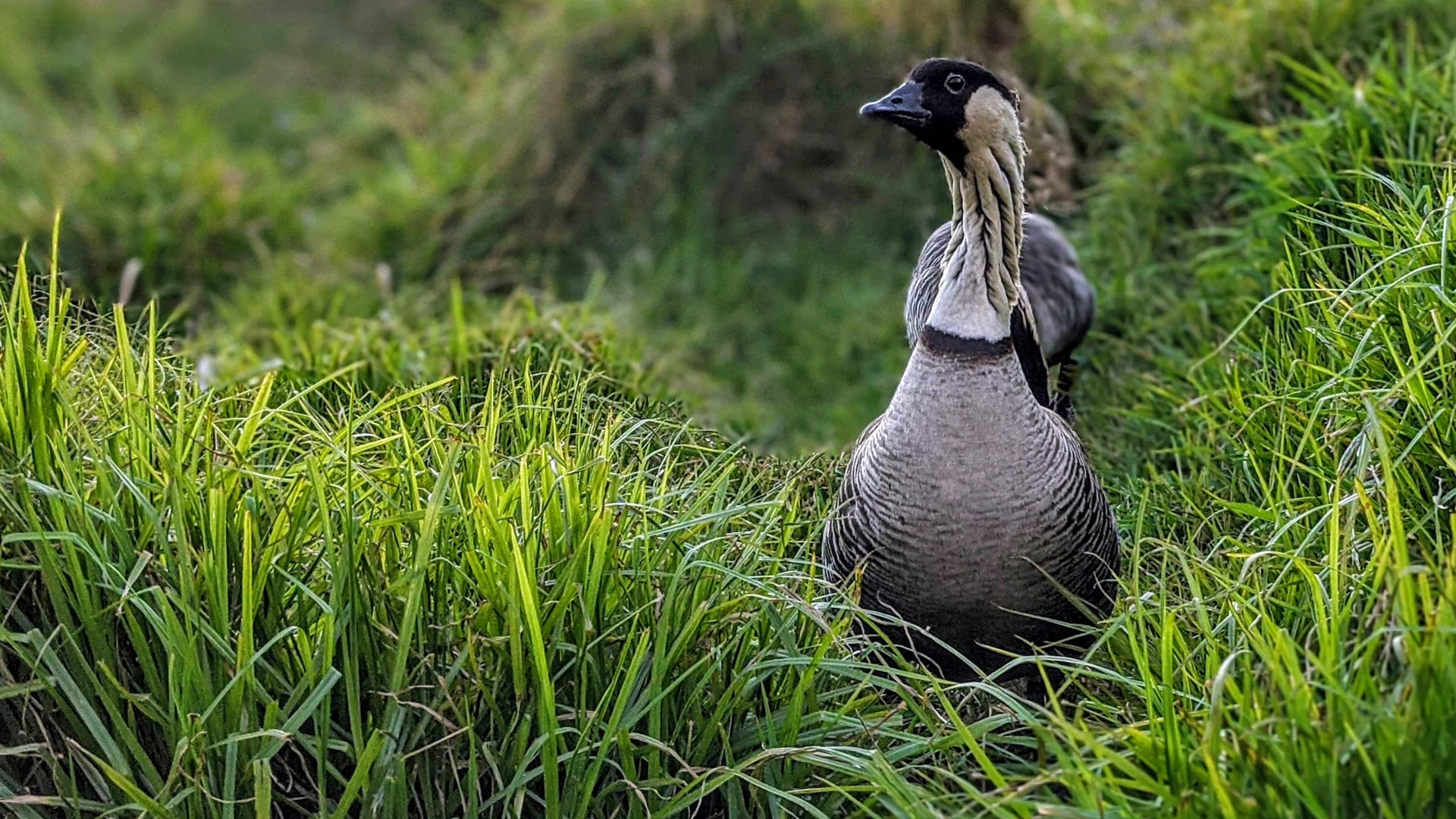
Nonchalant nēnē
(Photo credit: Lyle Wilkinson - Unsplash)
The nearby nature walk at Hosmer Grove was allegedly one of the best places to enjoy an exquisite spot of bird-watching. Unfortunately, Haleakalā boasted more endangered and threatened species of any American national park (insert sad emoji) and was home to a small number of Hawaiian geese known as nēnē, as well as honeycreepers, owls, the Hawaiian petrel and the island chain’s only endemic land mammal – the Hawaiian bat. It would have been an ideal way to while away the afternoon, if only I hadn’t been busy regaining consciousness.
I chugged down more water and moonwalked slowly around the parking lot. Gripped with indecision, I ate some rice crackers, hoping the salt would resuscitate me. After about 10 minutes, a miracle occurred: my head became clearer, the dizziness abated and feeling started returning to my extremities (always a good thing). I consulted the park map and noticed just 2,000 feet (600 metres) higher than Hosmer Grove was a lookout that offered the first spectacular views of the caldera. Naturally, the last of my adrenaline kicked in. “I’m going to get more than a toilet stop for my 10-dollar entrance fee today!” I declared to a nearby nēnē and accelerated out of the car park (being extra careful not to squish the endangered State Bird of Hawaii on the way out).
That’s when the party really started.
The road began to twist and turn like a Dan Brown novel; relentlessly zigging and zagging with each increasing altitude. Out of alternate car windows, I could just make out the visitor’s centre perched high upon the summit. Already I was high above the clouds but no amount of water vapour could take away the fact that a very sheer, very steep and very dangerous drop was only seconds away.
I focused on the yellow lane divider and kept climbing higher. At just before 8,000 feet (around 2,400 metres), as I passed a couple of hikers waiting to be collected from the nearby Halemau’u Trail, my dizzy spells returned, but I stubbornly continued on. I was so close!
Finally, just as my internal alarm bells were cranking up to “It’s time to get the beep out of here!”, I arrived at Leleiwi Overlook (8,840 feet/2,700 metres) and tumbled out of the car. All I could see were clouds. I hobbled across the road and spied a dirt track leading over the horizon. No one told me I had to freaking walk to the lookout! At the summit, all I had to do was step out of my car and I could see the caldera in all its glory, apparently. I flagged down a couple of tourists walking back from the edge.
“Excuse me. Can you see anything from the lookout? Is it worth it?” I asked.
“Oh yes,” they both replied. “It’s really cool.”
“Is it far though?”
“It’s only about a five-minute walk. Definitely worth it.”
In five minutes, I could be in a coma, I reasoned.
“@#$&*!”
I mustered all of my resolve and began shuffling very slowly along the path, breathing as evenly and calmly as I could. I rummaged in my bag for my water bottle, before realising with horror that I’d left it in the car! If I returned to get it, I would be adding time to the 10-minute return walk ahead of me. Sighing, I dragged myself along the solitary path, fuelled by nothing but FOMO and fear.
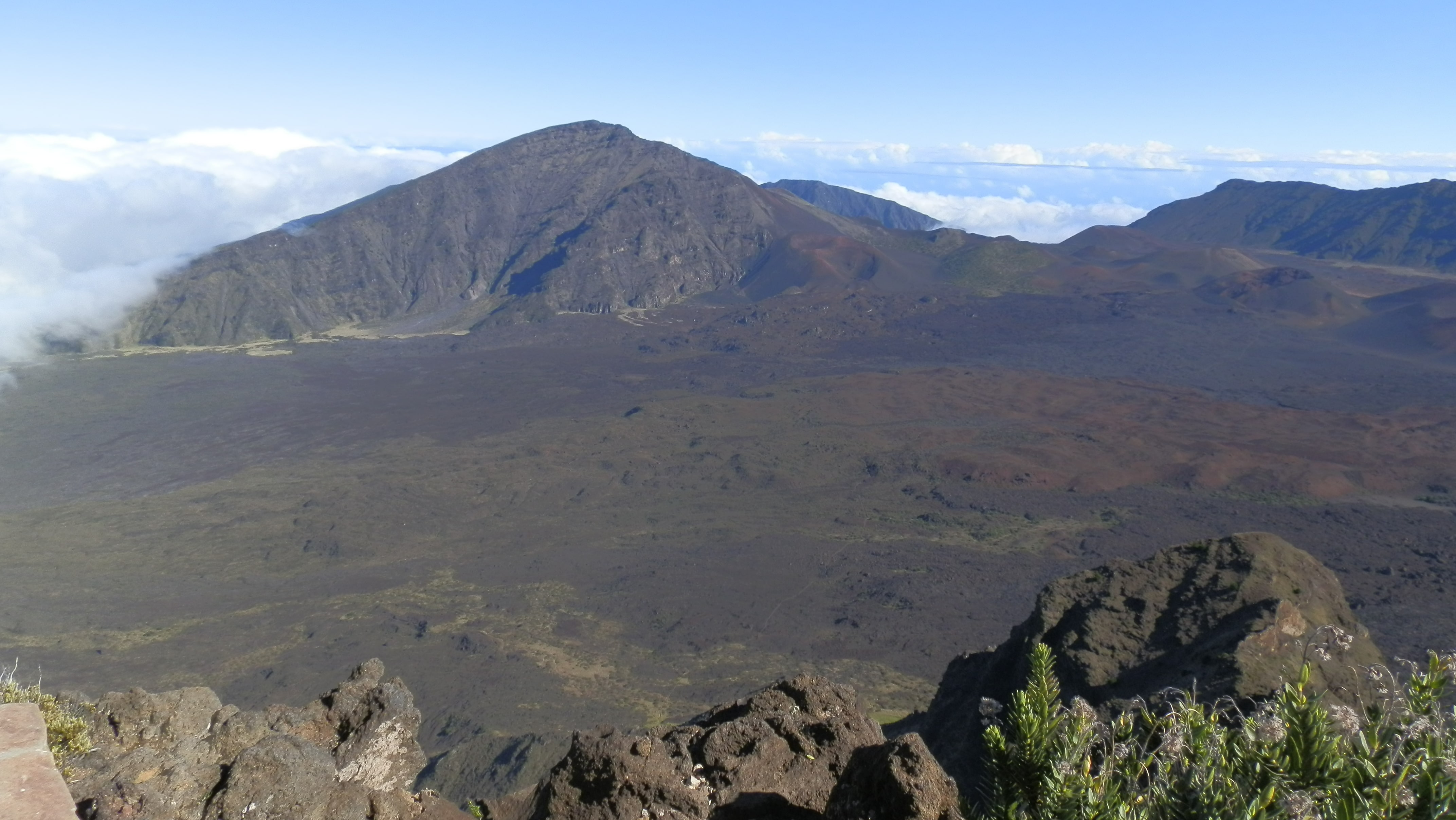
Lookout! It's Leleiwi
The wind was howling by the time I made it to the Leleiwi lookout where glass panels had been thoughtfully installed to shield visitors from the blustery conditions. If I’d waited until sunset - and remained conscious - I may well have started tripping balls: Leleiwi was a popular spot to experience the James Bond-sounding phenomenon known as “Spectre of the Brocken”, on which tourists could see their shadows reflected onto nearby clouds encircled by a rainbow. I peered at the barren lunar abyss before me ... and only managed to see stars.
In addition to feeling increasingly dizzy, I had become significantly breathless from the trek. But all of that paled in comparison with the feeling that when I started heading back to the car, I could have sworn I was walking sideways like a crab. When I finally made it back to the car, I guzzled down gallons more water and hit the road.
That’s when things got really interesting. After driving for a few minutes, I suddenly had an alarming revelation – what if I was actually going up? With no clear ascent or descent markers by the road, I actually had zero concept of direction amidst all the clouds. It anything, it looked like I was climbing even higher. That’s when the feeling of foreboding really set in. I forced myself to remember which direction I'd exited the car park, but my mind started playing tricks on me. By then, I had no idea how long I’d been driving for. All I knew was that if I didn’t get an iron grip on my trippy thoughts in that very instant, I could have very quietly lost my freaking mind. Every torturous inch of bitumen was an excruciating mental challenge just to keep focused, stay on the road and ignore the extremely sheer drop that alternated to my left and right. Trust me, the infamously twisty Road to Hana was a piece of cake compared to the dangerous monstrosity of Haleakalā if you're prone to any kind of lofty lunacy.
By some astonishing miracle, I somehow made it back down to Hosmer Grove (hurrah!) and celebrated by passing all of the water I’d just drunk, before swigging down litres more.
I was keen to stop and tell the ranger what had happened, but she was too busy attending to customers, so I took off, determined not to spend another moment at altitude. I zipped down the roads so fast, a carload of tourists had to pull over to let me pass. When I finally got back to the safety of my apartment at sea level, I lay face down on the carpet for a very, very long time.
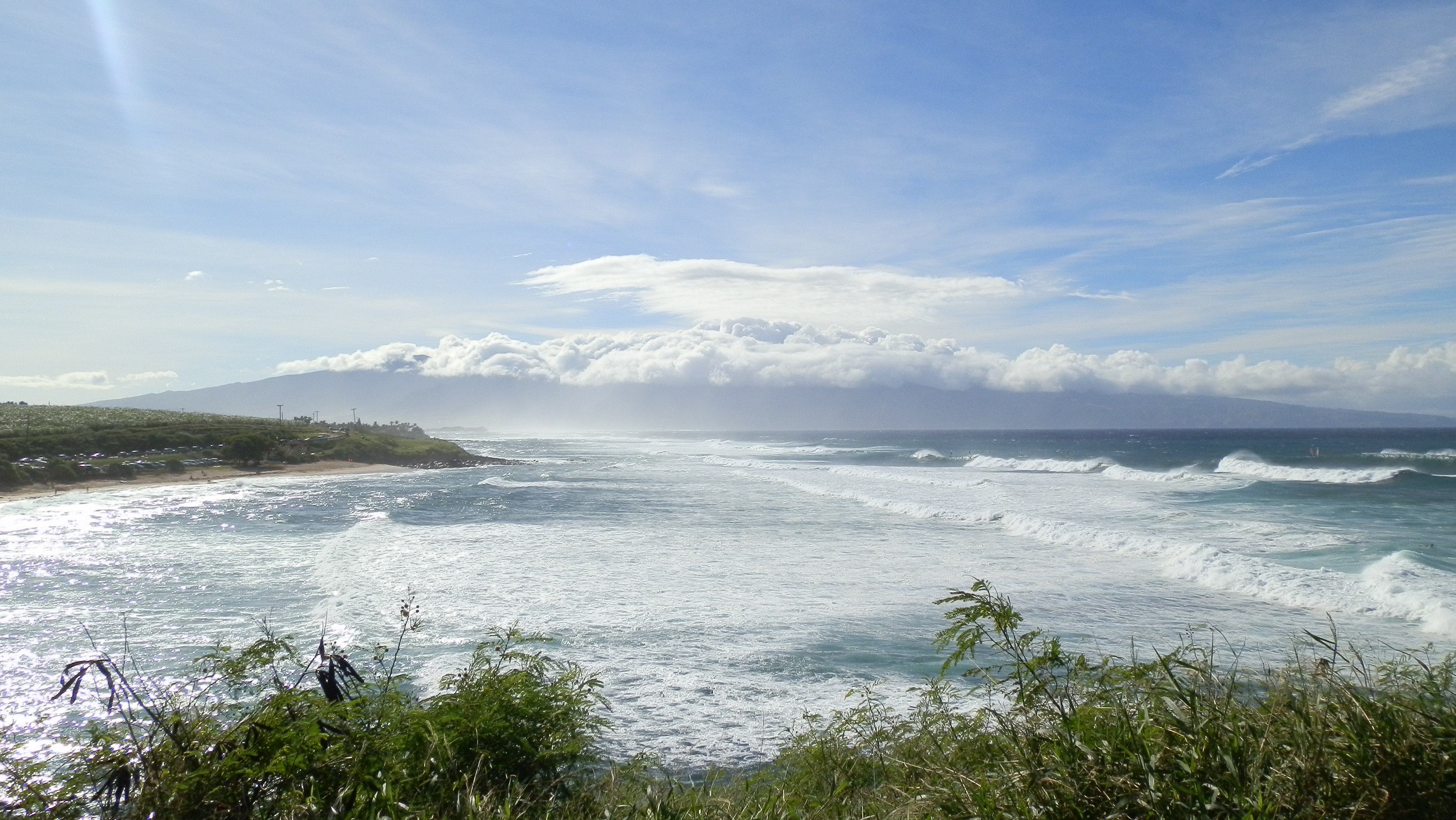
Mai Tai, anyone?
When it was time to depart Maui for my next Hawaiian misadventure (and don't worry, there were plenty), I watched in wonder as the inter-island plane flew directly past Haleakalā’s caldera. Had I known I could have seen the volcano’s summit in all of its glory from the safety of the air – with or without potential magnetic interference on the plane’s navigational systems – I would have spent the day at the organic vodka factory on the slopes of Haleakalā instead, where I no doubt would have enjoyed similar side effects from all of the free samples.
Hindsight
was a wonderful thing. ;)
(FYI: this trip took place well before the devastating fires on Maui. Aloha Nui Loa to everyone affected.)